Nokia Lumia 1020 - 41MP PureView Comes To Windows Phone 8
While Nokia's Lumia 920 and 925 smartphones boasted 'PureView' cameras, neither beared much similarity to the 41MP monster found in the Symbian-powered 808 PureView. The Lumia 1020 finally sees the return of the 41MP PureView camera, this time to Windows Phone 8. And WP8 has never looked more tempting.
By HardwareZone Team -
Lumia 920 + 808 PureView = Lumia 1020?
In many ways, Nokia's new Lumia 1020 is just a Lumia 920 with the camera from an 808 PureView wedged into the back of it. Not that that's a bad thing. Like peanut butter and jam, or bacon with anything, sometimes you can make a better product by combining the right things together. But is there more to the Lumia 1020 than that? Let's find out.
N.B. Our review is based on a U.S. unit, however, it will be identical to the local model (minus the AT&T logo). Exact local availability and pricing has not been announced yet, but the phone is due in Q4 this year.
First, here's a look at the some of the Lumia 1020's Key Highlights:
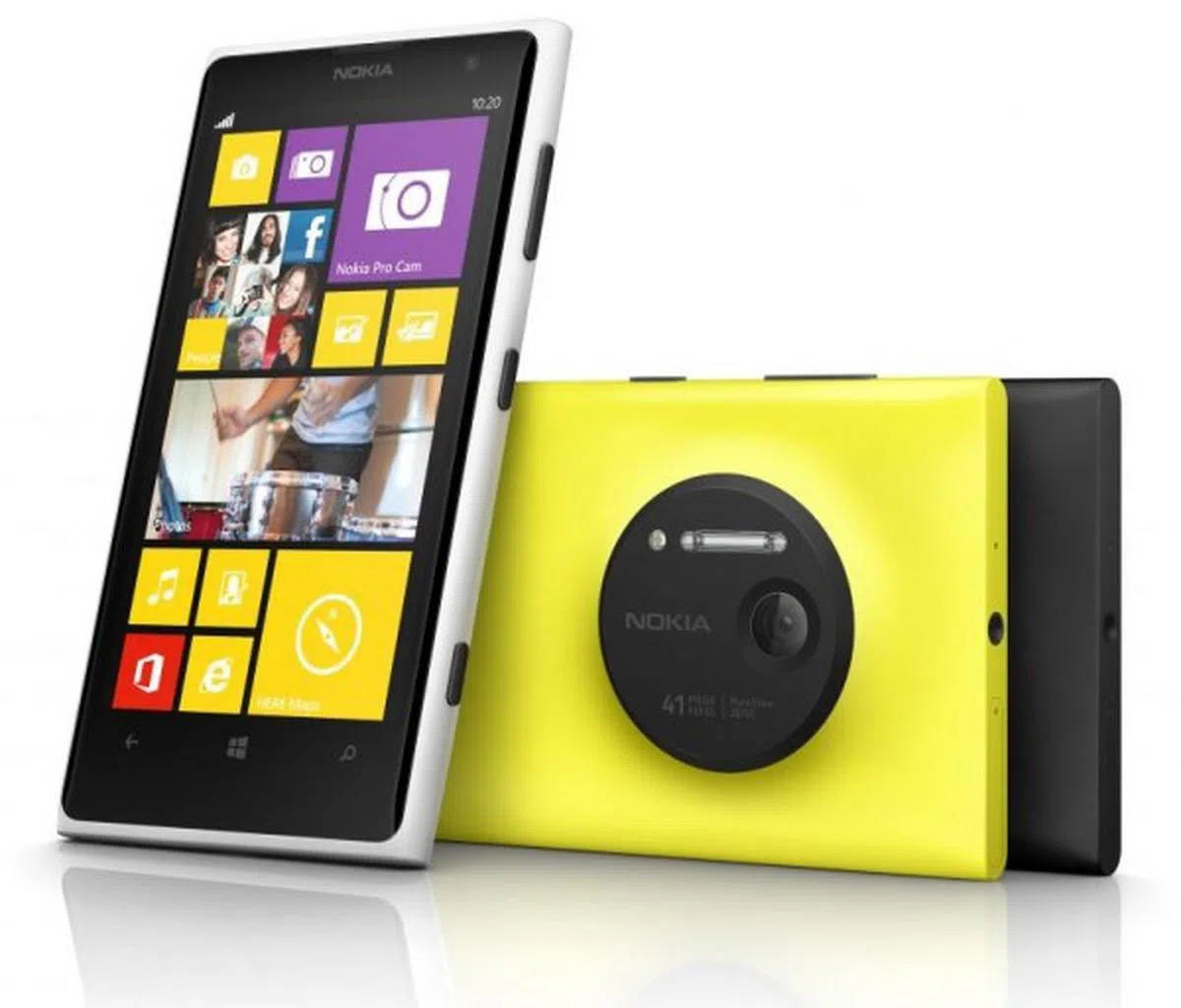 |
|
Here's how the Lumia 1020 compares to the Lumia 925, Lumia 920 and 808 PureView.
Design & Hardware

Our Lumia 1020 has AT&T's logo in the upper left corner as this phone is an exclusive to the network in the US.
While Nokia tried a monochrome polycarbonate/aluminum combo build for its Lumia 925, the 1020 brings the Lumia range back to its colorful, full polycarbonate roots and is available in white, black or yellow. Each color has a silky smooth matte finish, which is also highly resistant to both fingerprints and smudges (after a few days of testing, even our white review unit remained remarkably clean).
In hand, the phone feels very similar to the 920 with almost identical dimensions and the return of the unabashedly sharp top and bottom edges. On paper, the 1020 is actually 0.3mm thinner, but Nokia doesn't include the 1020's huge camera bump in that particular measurement. The side edges do feel slightly more rounded than the 920, which makes it a bit comfier to hold in hand, and it's also noticeably lighter, weighing some 30g less at 158g.
Having said that, the 1020 is still not what we would call a sleek phone. Compared to other flagship models like Apple's iPhone 5 and Samsung's Galaxy S4, both of which are less than 8mm thin, not to mention ultra thin models like Huawei's 6.8mm P6, the 1020 looks downright chunky in comparison.
As expected from the Lumia range, build quality continues to be top notch, and the phone feels sturdy and solid.

As usual, the power button, volume rocker and camera shutter button are all located on the right edge.

While the micro-USB port was shifted to the top of the phone for the Lumia 925, it's found its way back to the bottom for the 1020. The 1020's speaker can also be found here.

On top, you'll find the headphone port and Micro-SIM tray. Like previous Lumia phones, there's no Micro-SD card slot, which is a pity considering the phone's imaging capabilities and the fact that the 808 Pureview did include one. As you can see, the 1020's rather large camera bump doesn't let the phone lie flat on its back.
Display
The Lumia 1020 uses the same 4.5-inch, 1280 x 768 pixel resolution, AMOLED display found on the Lumia 925 - an upgrade over the IPS LCD display found on the 920. Colors are very vibrant, with super-deep blacks and superb contrast. In fact, the blacks are so deep, they're virtually indistinguishable from the screen bezel, which makes the display feel a bit more expansive than its 4.5 inches. The screen is also very bright and easily legible even under bright sunlight. Viewing angles are also quite generous.

The 1020's AMOLED display boasts vivid colors, deep blacks and excellent contrast, making it perfect for watching movies.
While the display isn't Full HD (Windows Phone 8 still doesn't support it, so you can blame Microsoft for that), its 332 ppi pixel density is more than sufficient and puts it on par with the iPhone 5 (326 ppi) and LG Optimus G (320 ppi) for clarity. Compared to a Full HD display (we put it side by side with a Sony Xperia Z), there is some slight fuzziness if you look very closely at the edges of text, but honestly the difference is negligible in everyday usage.
As with previous Lumia phones, the screen is protected with Corning Gorilla Glass 2, which should help it withstand everyday knocks and drops.
Audio
Audio on the Lumia 1020 comes from the smartphone's single speaker, located at the bottom edge of the device. While it's not fantastic - and somewhat lacking in depth - sound quality is passable if you just want to listen to some music or watch a movie, with enough volume to comfortably fill a quiet room.
OS
As the Lumia 1020 uses the same Windows Phone 8 Lumia Amber OS, previously covered in our review of the Lumia 925, so we'll skip this part of the review and head straight onto the 1020's star attraction, it's 41-megapixel PureView rear camera.
The Camera Phone to End All Camera Phones

The circular PureView camera module on the 1020 looks much sleeker than the oblong module found on the 808 PureView.
Of course, the star attraction of the Lumia 1020 is its 41-megapixel PureView rear camera. Turn the phone over and you'll immediately notice its huge camera bump, consisting of a circular, black aluminum module protruding from the rear, with a Carl Zeiss lens on the right and two flashes - an LED for video and focus assist, and a Xenon for still photos - above it. While the integration isn't exactly elegant, the module is still thinner, and looks much better, than the clunky 808 PureView's oblong camera module. The module is a bit more stealthy on the black finish, but you might like the contrast on the white and yellow finishes.

The camera modules sticks quite far out of the rear of the phone.
Just for clarity, the Lumia 1020 camera module wasn't actually ripped straight from the 808 PureView, as a few changes have been made. The 1020 has a slightly smaller sensor at 1/1.5-inch compared to the 1/1.2-inch found in the 808 - still, that's significantly larger than anything else around; just to compare, the Samsung Galaxy S4 Zoom has a 1/2.33-inch sensor, and the iPhone 5 has a 1/3.2-inch sensor. As a result, the Lumia 1020 lens is essentially a fixed prime lens with a crop factor of 3.93x and a 35mm equivalent focal length of 27mm in 4:3 ratio and 25mm in 16:9 ratio, just a hair wider than the 28mm in 4:3 and 26mm in 16:9 focal length of the 808 PureView.
The 1020 camera has also received a few upgrades in other areas, with an improved six-element lens array (compared to the 808's five), consisting of five plastic lenses and one glass lens, and a slightly wider aperture of f/2.2 (compared to f/2.4 on the 808). The 1020 also includes a gyroscope for barrel-shift optical image stabilization to reduce image blur from shakiness. Best of all, you no longer have to choose between Full Resolution and PureView modes, as the 1020 will now take both simultaneously, saving both a high-res 38MP (34MP in 16:9 widescreen ratio) photo and an oversampled 5MP shot.
For a full walkthrough on how Nokia's PureView technology works, check out our PureView feature, but essentially what the camera does is capture data at 38MP (or 34MP), and then down-samples or pixel-bins the image to 5MP. It does this by combining the information from several pixels to create a single pixel, in the case of 38MP to 5MP, seven pixels are combined into one. This technique retains image detail but reduces image noise, and also allows for lossless digital zoom.
If you're wondering why Nokia advertises the 1020 camera as 41-megapixel when it only takes up to 38-megapixel shots, it's because, while the sensor is square, the lens itself is round, so the corners don't receive any light. It's a bit misleading for Nokia to advertise like this, but technically they're not wrong to do so.
If shooting with the Lumia 1020 doesn't feel solid enough, Nokia also sells an optional Camera Grip for US$79 that adds a more robust shutter button, a grip, a tripod mount, and even a secondary battery! Unfortunately we weren't able to get our hands on one for this review, so we can't comment more on it.

Nokia's optional camera grip adds a more robust shutter button, a grip, a tripod mount, and a secondary battery.
Nokia Pro Cam
The stock Windows Phone camera application is pretty lacking. In fact, it's limited to just 5MP images, regardless of what settings or aspect ratio you choose. To improve things, Nokia has bundled the 1020 with its new Nokia Pro Cam application, which gives you a huge amount of settings to tweak and customize to your heart's content. Simply drag the onscreen shutter button to the left and a series of curved sliders will pop out, each representing a different adjustment setting: Exposure Value (-3.0 to +3.0), Shutter Speed (1/16,000 to 4 seconds), ISO (100 to 3200), Focus (drag the slider up and down to manually adjust focal length), and White Balance settings. Changing the settings instantly changes the image on screen so you can see what your photo will look like. Conspicuously absent from that list of settings is f-stop. We have no idea why it's missing, but hopefully Nokia will add that functionality in the future.
You can switch from Stills to Video mode by swiping down on the shutter button. In Video mode, there's a similar setup, but you only get sliders for White Balance and Focus.

Nokia's Pro Cam app lets you manually adjust exposure, shutter speed, ISO, focus and white balance.
Other settings such as shutter delay, framing gridlines, aspect ratio, face detect and capture mode (for when you don't want 38MP shots clogging up your storage space) can be found by pressing the three dots in the top-right corner of the screen.
You can also switch to other camera apps by pressing the arrow icon in the bottom-right corner. Here you'll find Cinemagraph, Panorama, Nokia Smart Cam and the tastefully-named "Bing Vision" (a QR code scanner).

Clicking the "find more lenses" option lets you add more camera apps from the Windows Phone store. Still no Instagram though.
A quick word on Nokia Smart Cam, which we first saw on the Lumia 925. Smart Cam doesn't have the customization of Pro Cam, but it does have its uses, as it will take a burst of ten shots, letting you choose the best one. You can also use it to apply other creative effects, such as creating action shot motion composites, and removing pesky photobombers.
Like the 925, the Lumia 1020 also includes Nokia's Creative Studio app that offers some basic Photoshop-like image manipulation, including rotation, cropping and straightening, color and hue manipulation, and options for making collages.

Creative Studio makes it easy to edit your pictures straight from your phone.
Image Performance
As expected, image quality on the Lumia 1020 is top notch and far exceeds every other smartphone camera. If you're not inclined to toy around with the manual settings, leaving everything on auto works just fine and, for the most part, the camera picks the right settings for the job. One problem we did encounter was some noticeable lag in between shots. It's most apparent in Pro Cam mode with 5MP + 38MP shooting selected, but also occurs even with just 5MP selected. It's not a deal breaker and is likely something Nokia can fix with a software update, but it can be frustrating, and we did miss a few shots because of it. We also felt that the auto-focus, while accurate, could have been a bit snappier, especially in lower light conditions.
Macro shots were not fantastic, as the 1020 has a minimum focal distance of 15cm, which is actually quite long. However, macro capabilities were not really needed due to the high MP count and the PureView's lossless zoom capabilities.
Compared to the 808 PureView, image performance seems about equal, if not better (possibly due to the added image stabilization).
N.B. When shooting with the Lumia 1020, we highly recommend adjusting the Lumia Color Profile to a more neutral color saturation, otherwise the vivid colors of the default setting make it nearly impossible to judge what your pictures will look like when uploaded or transferred to another display.
First, let's take a look at the 5MP PureView image:

As you can image quality is superb, with good color reproduction and depth, and plenty of detail preserved, even when zoomed in.
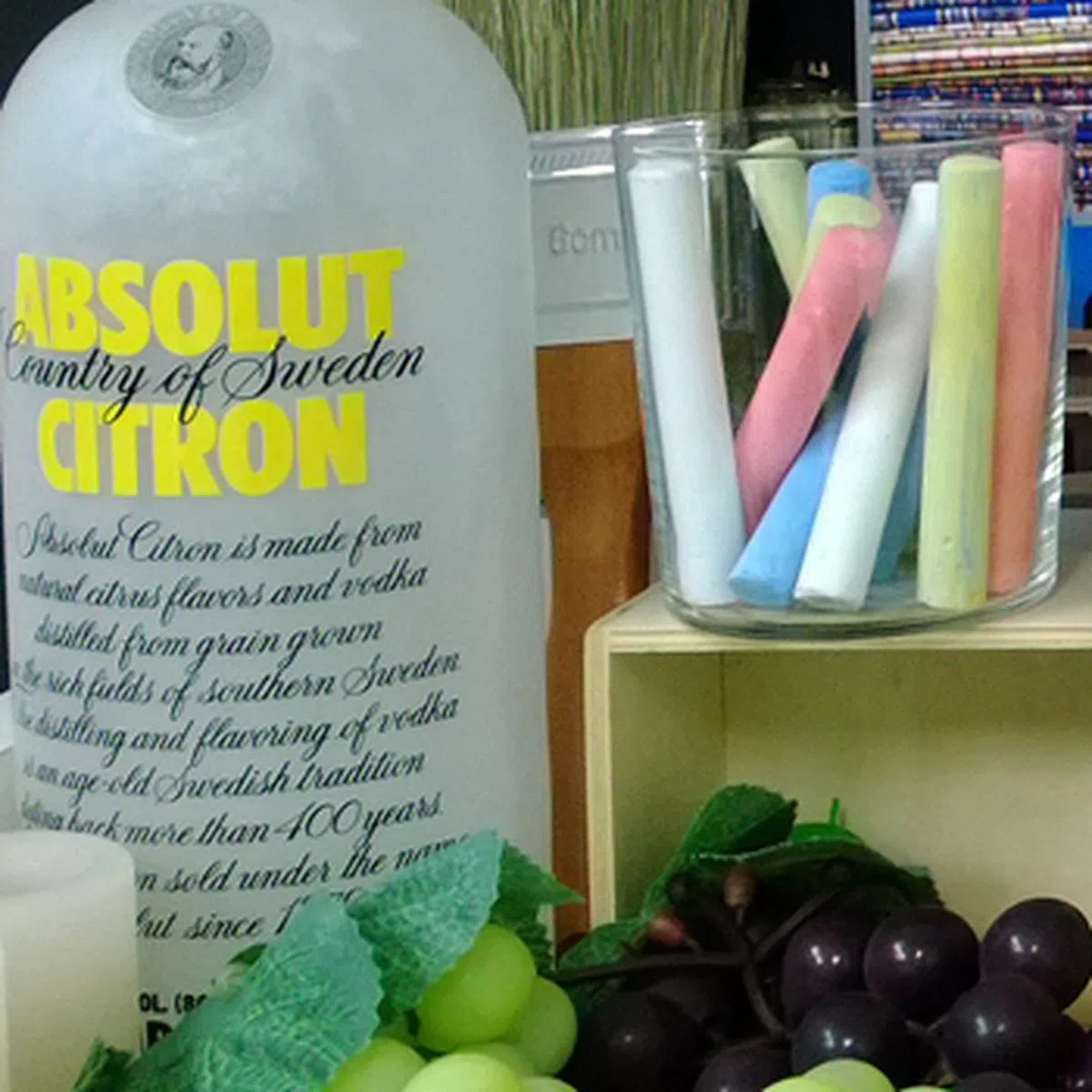 | 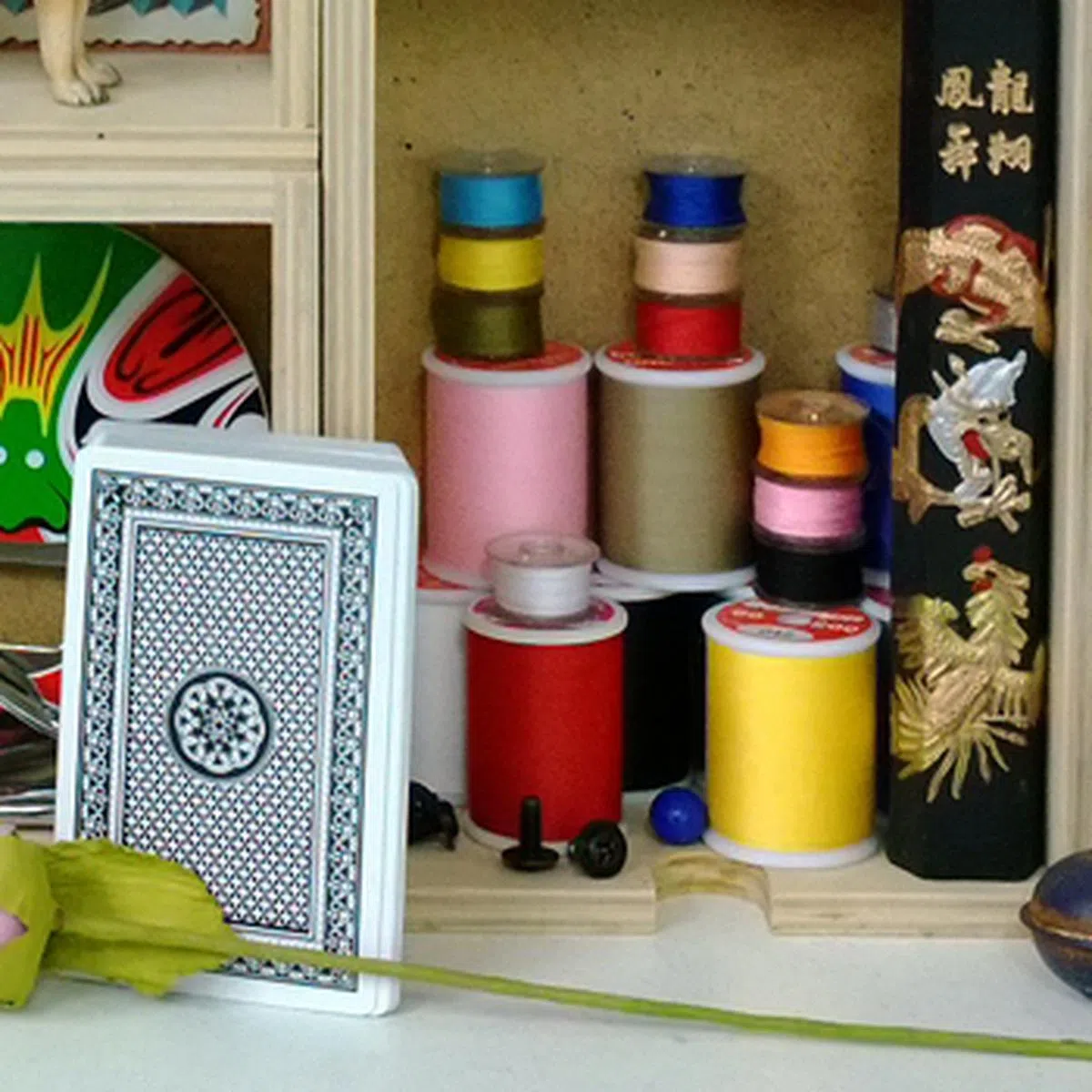 |
Now let's see the high-res 34MP image:

When resized, there is almost no difference between the 5MP PureView shot and the 38MP high-res original. Even when zoomed in, both look remarkably similar. Of course, if you view both images at full size, you'll be able to zoom in further on the high-res image.
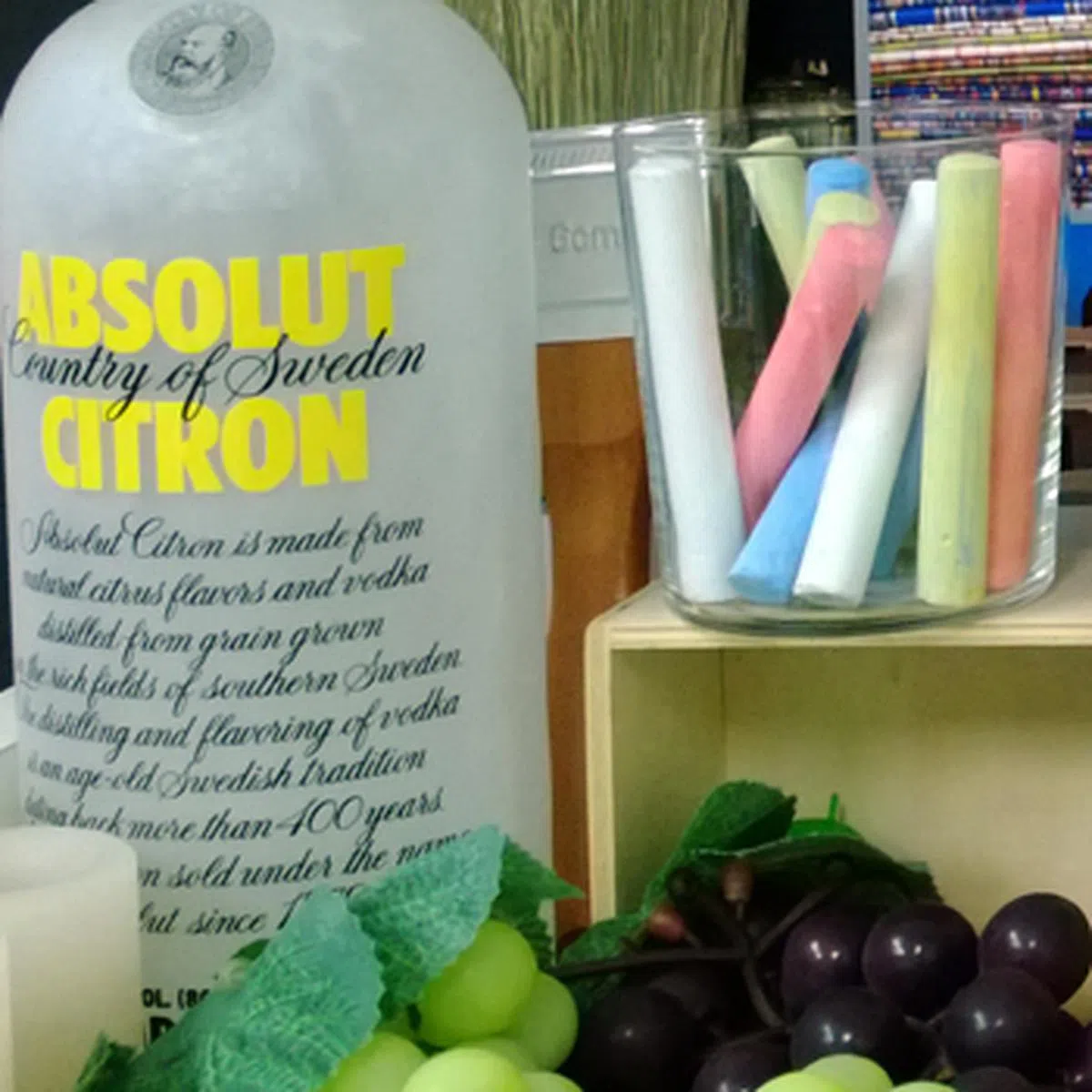 | 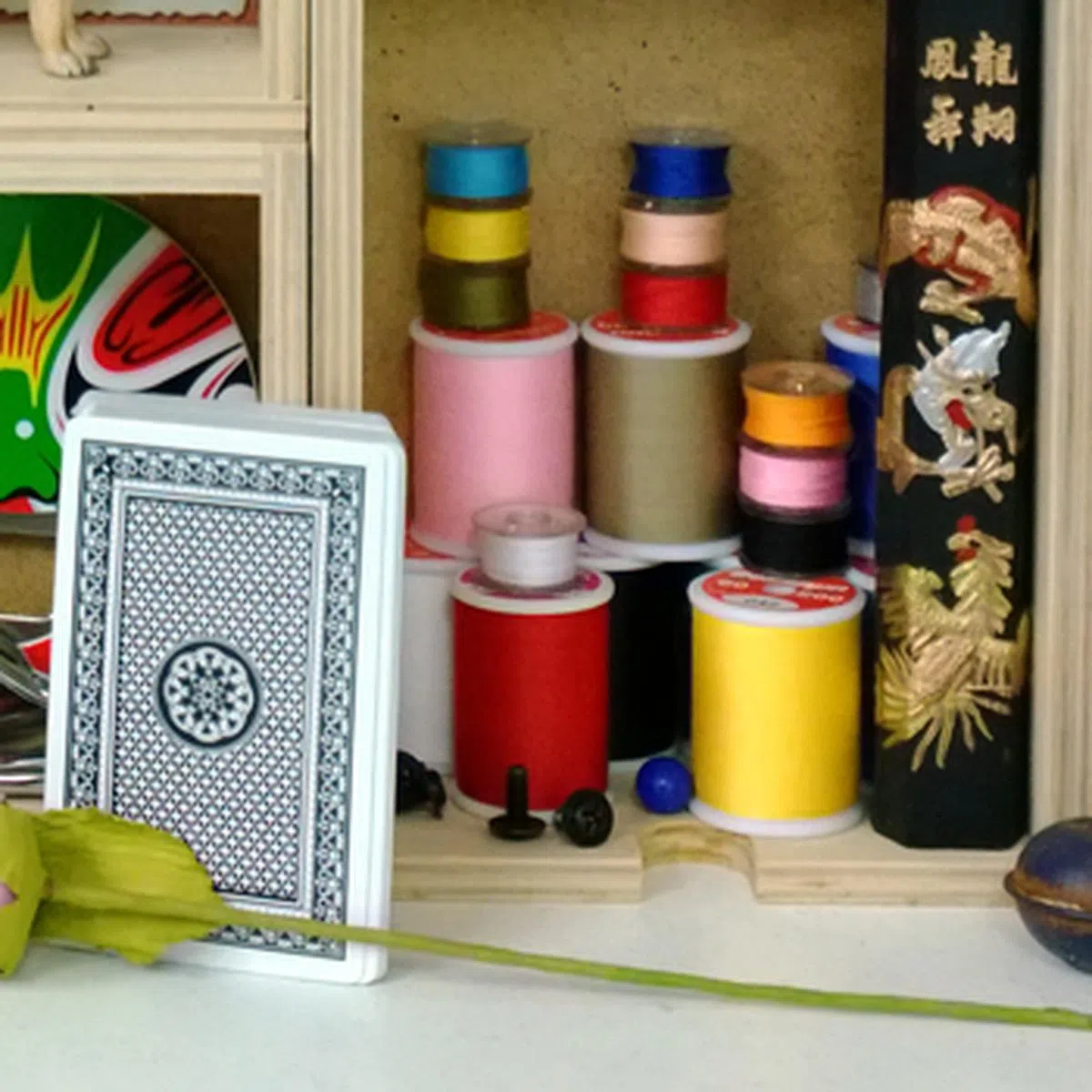 |
If you're concerned about the 1020's lack of expandable storage, 5MP images average about 2MB, while high-res 38MP images average about 15MB, although busy images with lots of detail (like our test shot) can be as large as 23MB. While that still leaves plenty of room for photos on the 1020's 32GB internal storage, we have to question again why Nokia didn't include a MicroSD card slot on the 1020 when other Windows Phone 8 devices like the relatively low-end HTC Windows Phone 8S does have one?
The following are sample photographs shot with the Nokia Lumia 1020. All photos were shot using the Nokia Pro Cam app. The photos have not been post-processed and are copyright to SPH Magazines. They are provided for your reference only and we ask that you do not reproduce them elsewhere. Click for full-resolution images.

5MP PureView. f/2.2 at 27mm, 1/50 sec, ISO 500

38MP high-res. f/2.2 at 27mm, 1/50 sec, ISO 500

5MP PureView. f/2.2 at 27mm, 1/50 sec, ISO 320

38MP high-res. f/2.2 at 27mm, 1/50 sec, ISO 320

5MP PureView. f/2.2 at 27mm, 1/50 sec, ISO 250

38MP high-res. f/2.2 at 27mm, 1/50 sec, ISO 250

5MP PureView. f/2.2 at 27mm, 1/50 sec, ISO 250

38MP high-res. f/2.2 at 27mm, 1/50 sec, ISO 250

5MP PureView. f2.2 at 27mm, 1/200 sec, ISO 100

38MP high-res. f2.2 at 27mm, 1/200 sec, ISO 100

5MP PureView. f/2.2 at 27mm, 1/2500 sec, ISO 100

38MP high-res. f/2.2 at 27mm, 1/2500 sec, ISO 100
Performance Benchmarks
Other than an extra 1GB of RAM, the Lumia 1020 is essentially identical to the Lumia 920 and 925, utilizing the same Qualcomm Snapdragon S4 MSM8960 dual-core 1.5GHz processor and Adreno 225 GPU.
Sunspider Javascript
SunSpider Javascript measures the browsing performance of a device. It not only takes into consideration the underlying hardware performance, but also assesses how optimized a particular platform is at delivering a high-speed web browsing experience. The extra 2GB of RAM didn't make a difference in this benchmark, with the 1020 posting almost identical scores as the Lumia 920 and Lumia 925.

Browsermark
Browsermark also measures the browsing performance of a device, testing page loading and page resizing speeds, as well as JavaScript, HTML5, WebGL and CSS performance. We saw a similar result here, with the Lumia 1020 performing about as well as the Lumia 920 and 925, although all three were notably worse than both the iPhone 5 and Samsung Galaxy S4.
Having said that, our actual experience with the 1020 was excellent. Browsing was smooth and responsive, even with multiple tabs open and other programs running in the background.

Battery Performance
Our standard battery test for mobile phones includes the following parameters:
• Looping a 800 x 480-pixel video with screen brightness and volume at 100%
• Wi-Fi and Bluetooth connectivity turned on
• Constant data streaming through email and Twitter
Like its predecessors, the Lumia 1020 has a relatively low capacity non-removable 2000mAH battery. In our video looping test, it lasted just just under five hours, which is better than both the Lumia 925 and 920, but still slightly under average.
In day to day usage, we found battery life to be generally sufficient for an entire day, which included taking about 10-20 photos each day, with battery life falling to around 10% by midnight. We did however notice that taking pictures using custom settings on the Nokia Pro Cam app seemed to drain life much faster than when left on the default auto settings. Using the Creative Studio app also sapped battery life fairly quickly. Photographers planning to do a lot of shooting with the 1020 will definitely want to pick up the Nokia Camera Grip accessory which adds a secondary 1020mAh battery.


Portability
We measure the portability of a device by calculating its battery life to (weight x volume) ratio. The Lumia 1020 scored better than the Lumia 920 due to its lower weight and slimmer profile, however you should take this with a grain of salt, as the official volume measurements for the Lumia 1020 don't take into account its sizeable camera bump.

Conclusion

Is an amazing camera enough to get people onto Windows Phone 8?
Nokia has done a fantastic job integrating the incredible 808 PureView imaging technology into its Lumia range and, while there are a few niggling concerns, like a lack of expandable storage and a somewhat chunky design, the Lumia 1020 is still, by far, the best Windows Phone 8 device to date. Of course, its biggest problem is just that: it's a Windows Phone device.
A great camera alone wasn't enough to make the 808 PureView successful, and even though Windows Phone 8 is light years ahead of Symbian, it's still a work in progress - for now at least, it just isn't as compelling a choice as either Android or iOS. Now imagine, for a moment, if the Lumia 1020 was running Android 4.2.2. I'm sure I wouldn't be the only one rushing out to buy one.
As it is, the decision to switch to Windows Phone 8 has never been more tempting - there are plenty of good camera phones out there, but there's nothing quite this good. Of course, if you've already made the switch to Windows Phone 8, and you have even the slightest interest in photography, upgrading to the Lumia 1020 should be right at the top of your to-do list.
Our articles may contain affiliate links. If you buy through these links, we may earn a small commission.